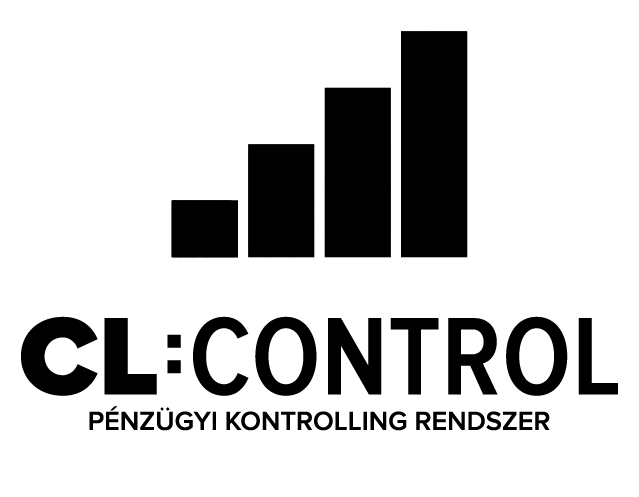
Financial Controlling System
CL:Controlling system is a fully customizable financial design and report system for every company and institution. The system’s internal model is fully customizable to fit already existing internal business process and business models. Especial emphasis is placed on information, which may indicate or predict problematic areas. The system coordinates the controlling and provision of information. Using this solution, it becomes possible to manager the business or institution in a goal-oriented manner, adjusting for environmental changes. It allows you to use analytical and forecasting tools to compare and analyze differences between the planned year and the actual results.
Main features
- Financial planning
- Forecasting
- Tracking financial processes
- Financial decision-making
- Expense Reduction
- Extendable formula collection
- Detailed report
- Dynamic calculation engine
- Threat detection
- Rapid response to changes in the environment
-
Area of use
- Polity, government, public companies
- Industry
- Telecommunication, Media
- Energy and Environment Management
- Agriculture, Education, Health
- Service
-
Forecasts
The expected environmental changes can easily be modeled. With these we can easily foresee their affects on the planned budget. Using these results, we can proactively respond to the environment in order to avoid threats to the operation of the company.
-
Financial planning
The necessary data and formulas for the planning can be freely defined by the user. Interdependent entities are easily connectible. The values of sub-elements of the thus created complex formulas are also tracked, providing much more information that just the formulas’ final values.
-
Reports
Detailed reports based on actual – live-data, help with data analysis and decision-making. With the help of these it becomes easy to see the current state of affairs. We obtain a full picture by generating graphical representations of the numbers and data involved.
-
Customisable solution
The system parameters and details have a structure that can fully be customised to the organisation. Controlling with real time data uses exactly the figures and formulas that include key information for the operations of the company.
-
Authorisation system
An integrated authorisation system that can freely be parameterised can be configured in extremely variable ways.
-
Multidimensional OLAP module
The OLAP (On-line Analytical Processing) module makes possible the detailed analysis of extremely complicated, complex and time-consuming data that cannot be carried out with a simple, non-structured database or can be done only very slowly and with great difficulties. Its task is to compare different data from different aspects, thereby to support information acquisition.
-
Data sources
In the course of database building data supplied by several external systems can be used. The system supports these external data accesses, but some interfaces require further special development due to the rather heterogeneous structure of data interfaces to be created.
- Structure that can be customised to the organisation
- Real time data
- Detailed analysis of time-consuming data
- Comparison of data
- Information acquisition
- Parameterizable authorisation system
- Possibility of highly variable configuration
- Data supplied by external systems
- Data interfaces